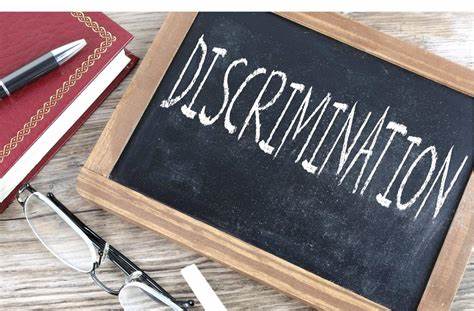In California, discrimination and harassment in the workplace are serious issues that need to be legally addressed to protect employees.
Discrimination: When an employer treats an employee unfairly or unfavorably by refusing to hire, promote, or provide equal opportunities based on a protected characteristic.
Examples of Protected Characteristics:
- Race - Unfair treatment or bias against an employee based on their race, ethnicity, place of birth, appearance, heritage or color.
- Disability - Treating an employee unfairly based on their physical impairment, mental impairment, medical condition or genetic condition.
- Religion - Employers are prohibited from treating employees or applicants differently based on their religious and/or moral beliefs.
- Sex - Employers are prohibited from treating employees or applicants differently based on their sex, gender identity, gender expression and sexual orientation.
- Marital status - Employers cannot discriminate against any individual based on their marital status, whether they are married, single, divorced, separated, or widowed.
- Pregnancy - Treating pregnant employees or job applicants unfairly due to their pregnancy, childbirth, or related medical conditions is prohibited. Employers are required to provide reasonable accommodations to pregnant employees.
Harassment: Unlawful workplace harassment occurs when someone directs negative, inappropriate, or unwanted conduct at an employee based on the employee’s protected characteristic(s). Harassment can take various forms, including verbal, physical, or visual conduct that creates an intimidating, hostile, or offensive work environment. The harassment must be severe or pervasive to be unlawful. The employee must prove that a reasonable person who was subjected to the harassing conduct would find that the conduct altered their working conditions and made it more difficult to do the job.
Sexual Harassment: Unwanted sexual advances, requests for sexual favors, verbal or physical conduct of a sexual nature.
Non-Sexual Harassment: Harassment based on other protected characteristics:
- Inappropriate jokes and/or comments
- Verbal threats, intimidation or implied threats
- Visual harassment (posters or signs)
- Aggressive or repeated requests for sexual favors
- Showing favoritism based on the protected characteristics
- Interference with work performance
- Hostility demonstrated through sustained unfriendly contact or exclusion
- Physical harassment (unwanted touching, hitting or throwing objects at someone)
If you experience harassment, report the specific verbal, physical, or visual harassing conduct to your employer or HR department in writing. Keep records of harassment incidents, noting dates, times, locations, and details. Employers must take reasonable steps to prevent and correct wrongful behavior in the workplace. This includes creating a harassment-free environment and promptly addressing any violations.
An employment attorney can help you navigate these complex legal issues, protect your rights and seek justice if you face discrimination or harassment in the workplace. Remember that each case is unique, and the outcome depends on the specific facts, legal arguments and judicial decisions. Seeking legal advice and reporting incidents promptly are essential steps for victims of workplace discrimination and/or harassment.
Contact Sani Law For A Free Consultation


